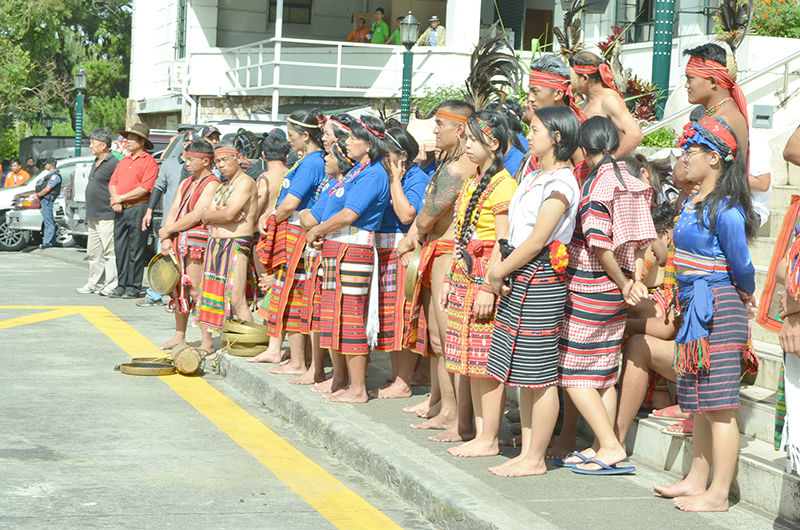LUNA, Apayao – The province has prepared a series of significant events to mark Indigenous Peoples (IP) month on October 24 at the Apayao Eco Tourism and Sports Complex (AETSC) grounds in San Gregorio, Luna, Apayao.
Anticipating a gathering of at least 1,300 participants, including government officials and staff from national line agencies (NLAs), provincial government, local government entities, and indigenous peoples, the Committee on Indigenous Peoples has curated a diverse range of activities for the people of Apayao and visitors.
The highlight of the IP Month celebration includes a parade showcasing traditional attire from each tribe, with participants from NLAs and provincial government invited to wear fabric accented outfits or other traditional attires. The celebration promises engaging activities such as indigenous competitions, cultural performances from the seven municipalities, a Battle of the Bands, and indigenous games like Rinu’rut, Indigenous Basketball, Talanggosi, Ammadan, Kadang-kadang, Magbunot se mag-igad, Innanctan/Pinnenusan, Dahay-Sinila’an/Delay.
The event will also feature the creation of the biggest Sinandila in the Cordillera, while displaying the province’s native delicacies.
Under the theme “Enriching Cultural Heritage and Indigenous Treasure Towards a Brighter Future for the New Philippines,” this year’s celebration aims to honor the province’s rich indigenous and cultural heritage, promoting social and economic development.
Aligned with the administration’s governance and leadership principles, the celebration seeks deep and fundamental transformations across society and government. This approach is reinforced by unified institutions, all working toward realizing the goals and aspirations of every Filipino.
Furthermore, the event serves as a platform to promote reconciliation and understanding between IP communities and non-IPs. The goal is to eliminate barriers of discrimination and foster active participation in nation-building, acknowledging and appreciating the exceptional contributions of Indigenous members to society. By PIO Apayao














